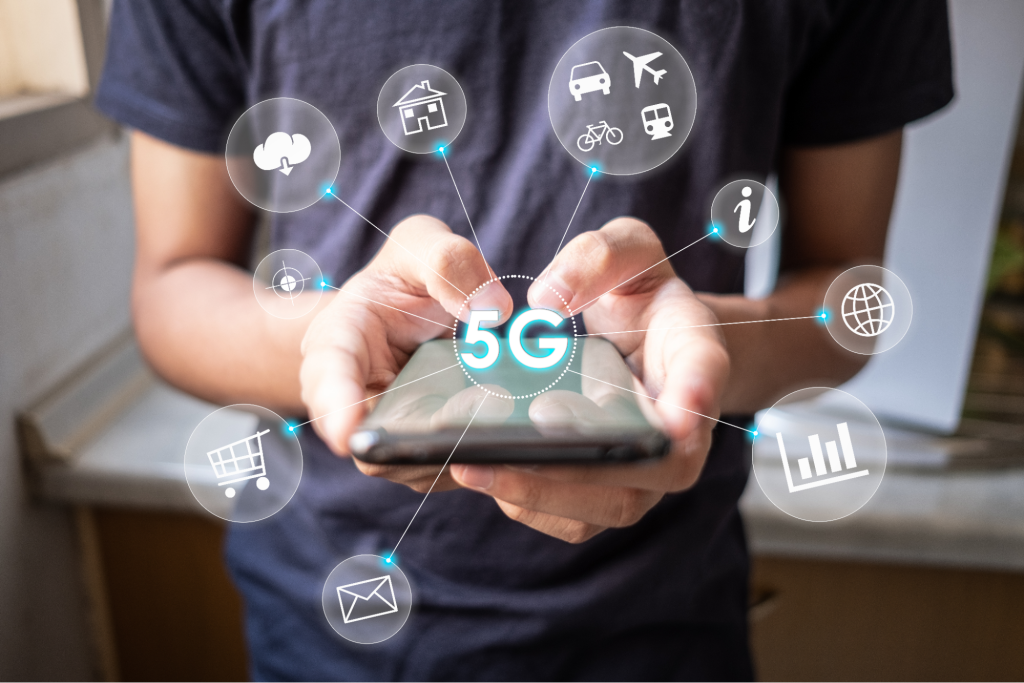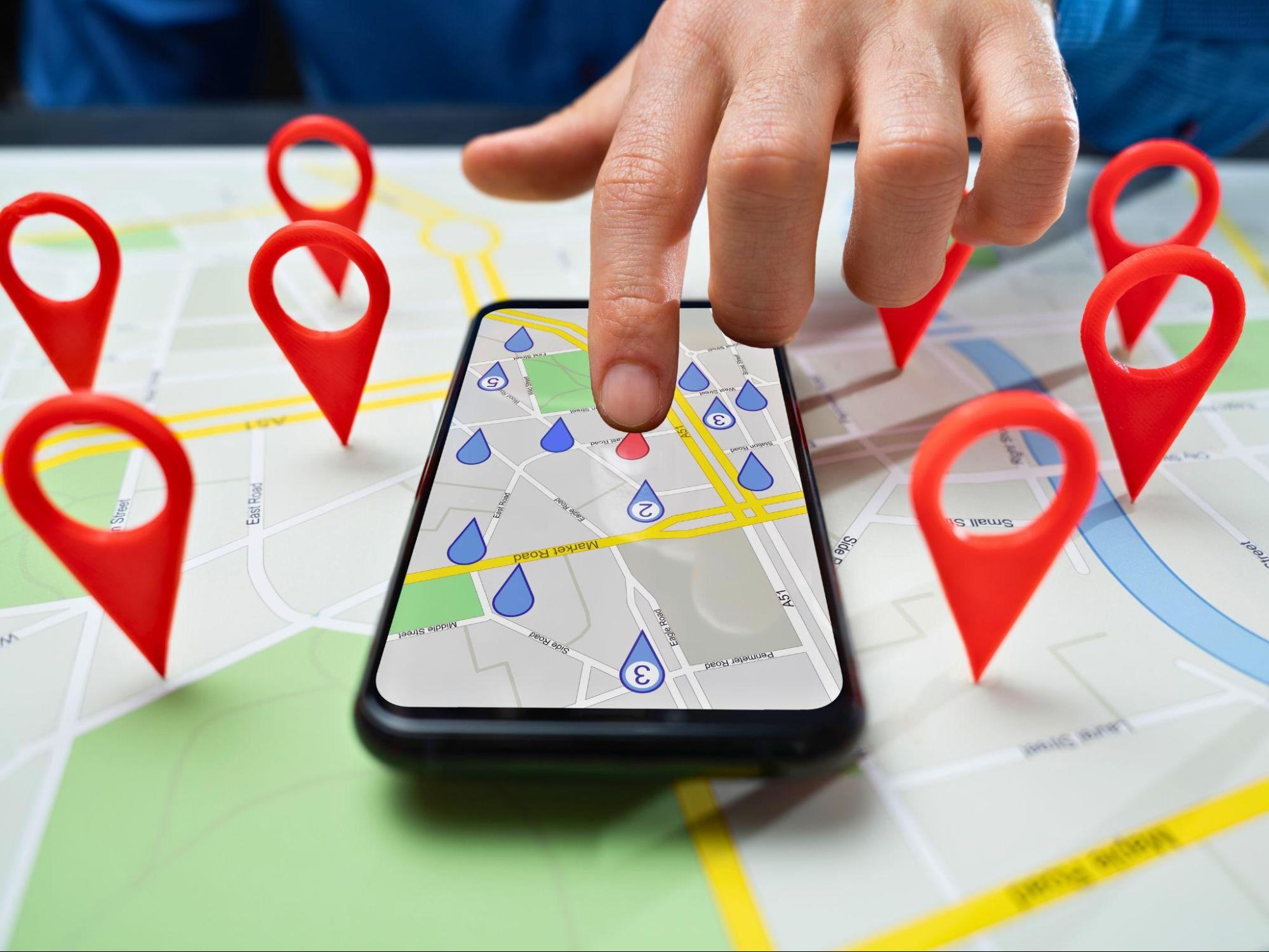2022 Marketing Trends: 10 Technologies Reshaping the Industry
It seems like every day there’s a new app or piece of technology that’s being hailed as the next big thing in marketing. While it can be challenging to keep up with all the latest trends, understanding which technologies are likely to have the biggest impact on the industry is essential for any marketing professional.
Quick Links
In this blog post, we’ll take a look at ten different technologies that are reshaping marketing as we know it. From AI-powered chatbots to AR and VR experiences, these innovations are changing the way brands connect with their audiences.
Whether you’re starting your business or you’ve been in the industry for years, read on to learn more about how these cutting-edge technologies are redefining marketing.
1. Artificial intelligence
AI is one of the most hyped technologies in the marketing industry at the moment, and for a good reason. AI has the potential to modify the way marketers work, making tasks like customer segmentation and content personalization easier than ever before.
In simple terms, artificial intelligence in marketing is the use of machine learning to automate and improve marketing tasks. This can be anything from customer segmentation and lead generation to product recommendations and even dynamic pricing.
AI can help you better understand and analyze your customer base and create more targeted marketing campaigns accordingly. By analyzing data about past customers, AI can help identify new leads that would be a good fit for your products or services.
Artificial Intelligence is benefiting other industries as well. In health care, AI is being used to develop new treatments for diseases, while in finance, AI is being used to make stock market predictions.
2. Augmented reality
Augmented reality (AR) is another technology that’s been generating a lot of buzzes recently. AR allows users to overlay digital content on top of the real world, creating an immersive experience that can be used for marketing purposes.
One of the most popular examples of AR in marketing is Snapchat’s filters, which allow users to add fun graphics to their photos and videos. Brands can also create their own AR experiences using Snapchat’s Lens Studio tool.
Other platforms like Instagram and Facebook are also starting to offer AR features, so be on the lookout for more brands using this technology in the near future.
3. Virtual reality
Virtual reality (VR) is a technology that’s been around for a few years now, but it’s only recently started to gain expansion in the marketing world. VR allows users to create an entirely virtual environment that users can interact with.
VR offers a unique way to engage with customers and create immersive brand experiences for marketers. VR can be used for anything from product demonstrations to customer training.
Some brands have started to experiment with VR marketing, and we can expect to see more of this in the near future. Ikea, for example, created a VR experience that allowed customers to explore a virtual version of its store. It is also being used in advancing the future of automotive technology.
4. Chatbots
Chatbots are computer programs that simulate human conversation. They can be used to answer customer questions or provide recommendations based on past behavior.
Many chatbots use artificial intelligence to understand customer queries and provide more accurate responses. Chatbots can be used on different platforms, including websites, social media, and messaging apps.
Soon, chatbots will become even more ubiquitous as brands start to use them for more complex tasks like lead generation and customer support.
5. 5G wireless networks

5G promises to be much faster than current networks. It allows for faster data transfer speeds, which means that marketers will be able to send larger files and videos much more quickly.
5G is still in the budding stages of development, but we’ll likely start to see more devices that support 5G in the near future.
6. Blockchain
Blockchain is a technology that allows for the secure and transparent exchange of data. It’s most commonly known as the technology that powers Bitcoin and other cryptocurrencies.
Blockchain offers a way to securely track customer data. This could be anything from purchase history to demographic information. By providing a secure and transparent way to track customer data, brands can show that they are trustworthy and respect their customers’ privacy.
7. Voice search
Voice search allows users to perform internet searches by speaking into their devices. Mobile phones, desktop computers, and even if you convert TV into smart TVs, they all have voice search engines embedded in them.
This technology is becoming increasingly popular, as it’s a quick and easy way to find information without having to type anything. For marketers, voice search represents a new opportunity to reach customers.
Since many people use voice search to find local businesses, it’s important to make sure your website is adjusted for this type of search.
8. Internet of Things
The term internet of things or IoT denotes the ever-expanding network of physical devices that are connected to the internet. These objects can include anything from vehicles and home appliances to industrial equipment. The number of devices that are connected to the internet is constantly growing, and this trend is expected to carry on in the years to come.
One of the main advantages of the IoT is that it provides a wealth of data that businesses can use to amplify their marketing efforts. For example, a company that manufactures smart thermostats could use the data collected by the devices to target ads to customers who are interested in energy efficiency. Similarly, a car manufacturer could use data collected by connected vehicles to target ads to customers who are interested in buying a new car.
9. The Metaverse
The metaverse is a term used to describe a virtual world created by combining the physical and the digital. The metaverse has often been described as a parallel universe that can be accessed through devices like computers, smartphones, and virtual reality headsets.
Metaverse has been used primarily for gaming and entertainment purposes. However, there is potential for the metaverse to be used for marketing purposes. For example, brands could create virtual stores or product experiences that customers can explore.
10. Cloud-Based Marketing
Cloud-based marketing is a term that refers to the trend of moving marketing tasks to the cloud. This includes things like email marketing, content management, and customer relationship management.
The main advantage of cloud-based marketing is that it allows marketers to access their data from anywhere in the world. Additionally, it’s often cheaper and more efficient to use cloud-based marketing tools since they don’t require the same infrastructure level as traditional marketing tools.
The Bottom Line
As businesses grow increasingly reliant on digital technologies to reach and engage customers, implementing effective marketing strategies becomes more important than ever. Many different platforms and tools are now available to help businesses collect data, target ads, and create personalized customer experiences.
It’s hard to say which marketing technologies will have the biggest impact in the coming years. Some believe that artificial intelligence will take over, while others are betting on augmented reality. But one thing is for sure – change is inevitable, and marketers need to be prepared to embrace new technologies as they get through.
Some of these may be more familiar to you than others, but all are important players in today’s digital world. Keep your mind open for these trends as you plan your marketing strategy for the year ahead; who knows, one or more of them might just give you that edge you need to stay ahead of the competition.
Are there any other technologies that you think should be on this list? Let us know in the comments!
Top 10 Magento 2 SEO Extensions to Boost Your Store’s Visibility
SEO is the key to a successful store! Have you ever given thought, if your store is simply…
0 Comments12 Minutes
How to Optimise Your PPC Campaigns with AI
As the methods of Internet marketing evolve, Pay-Per-Click (PPC) advertising remains one of the…
0 Comments10 Minutes
Putting Cybersecurity Under the Spotlight: How Security Audits Strengthen Your Defenses
While organizations understand the importance of cybersecurity, there is an opportunity for many…
0 Comments12 Minutes
How Marketing Agencies Can Choose the Best High-Performance SEO Tools
High-performance SEO tools combine comprehensive features, durability, speed, and accuracy. They…
0 Comments9 Minutes
Simplify the Running of Your Business With These Tips
Finding enough hours in the day to tackle all the jobs on your to-do list can be a major issue…
0 Comments4 Minutes
Best SEO Practices for Multi-Location Businesses
Businesses operating across multiple locations benefit from unique opportunities but also face…
0 Comments7 Minutes
Unveiling the 7 Essential Components for an Exceptional Website
Even a beginner can identify what makes a good website, but when it comes to building one, things…
0 Comments8 Minutes
Top Blockchain Trends to Watch in 2024
Blockchain has time and again proved its capacity to redefine many sectors and this prediction of…
0 Comments6 Minutes








